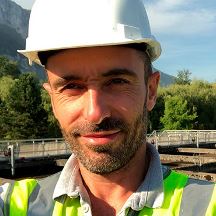Oxygen vs Air for Ozone Production
The use of pure oxygen to produce ozone allows higher concentrations in the feed gas that provides higher solubility
We can help you enhance your treatment and give advice on the options to increase your productivity or efficiency.

Commercial Technology Water Solutions, Europe
Pure oxygen uses higher ozone concentrations giving higher solubility and faster reactions. Pure oxygen ozonisers produce ozone concentrations in the range of 10-14% w/w.
Higher ozone concentrations equal higher treatments efficiency.
In addition to its use as a respiratory gas for healthcare applications, its strong oxidizing properties benefit many industries by improving yields, optimizing performance, lowering costs and reducing carbon footprint compared to other fuels.